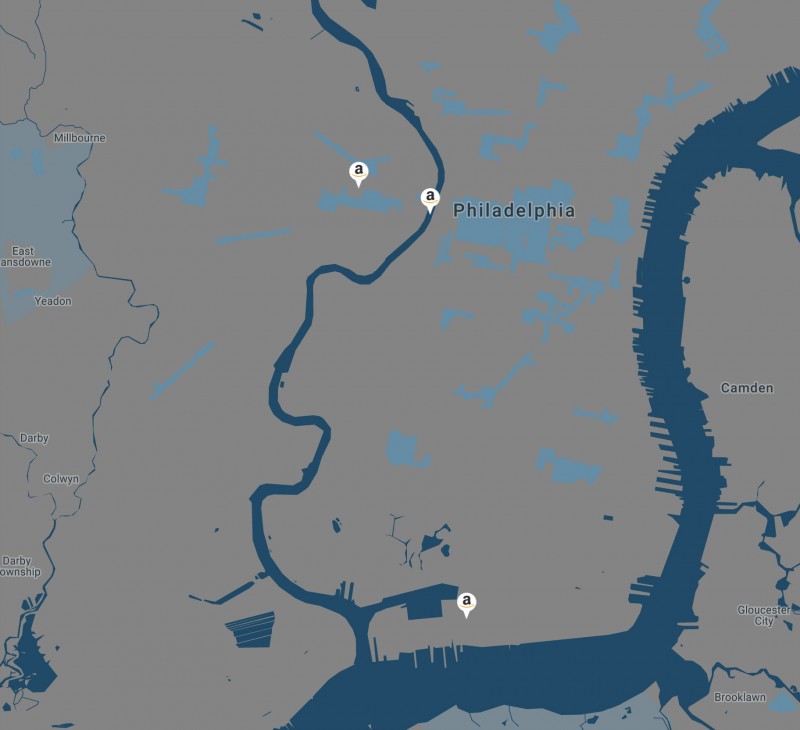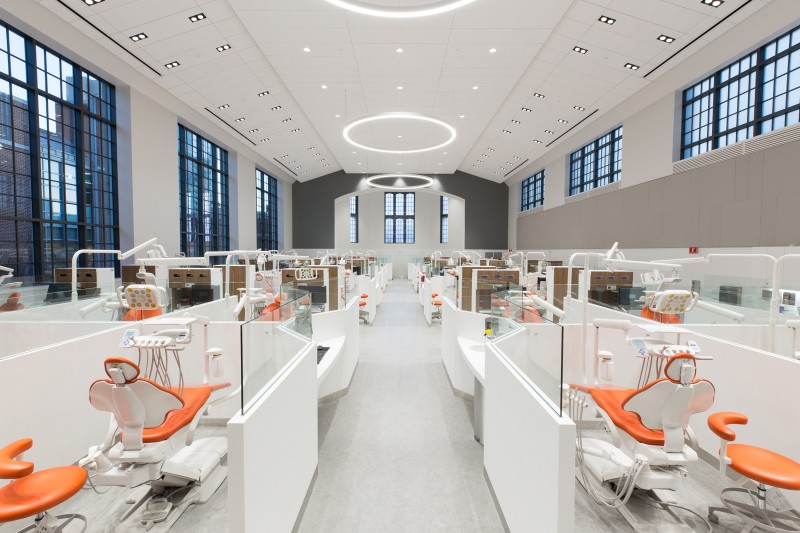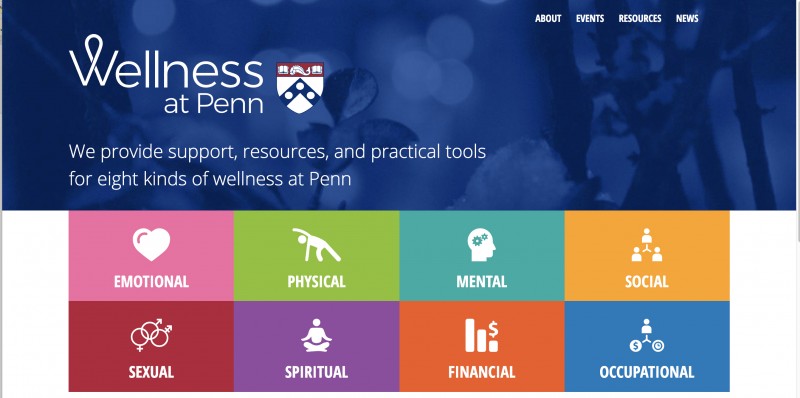The $5 Billion Question: Will Cities Win or Lose in the Bid for Amazon's Second Headquarters


A Decision with the Potential to Ignite Tax Incentives
Timothy J. Bartik is a Penn IUR Fellow and senior economist at the W.E. Upjohn Institute. His research focuses on state and local economic development and local labor markets.
Whether cities gain or lose from the competition for Amazon will depend upon how the winning city’s success is interpreted. If the winning city provided large long-term tax incentives, this may be interpreted by many local policymakers as a rationale for escalating incentive offers to other businesses. This may divert resources away from educational investments that may be more cost-effective in promoting local economic development.
From 1990 to today, average economic development incentives in the United States roughly tripled. But the big increase was in the 1990s. From 2001 to the present, average incentive offers in the U.S. were roughly stable.
The Amazon competition could reignite tax incentive competition. But such incentives are often not the most cost-effective way of creating local jobs. Most estimates suggest that the typical incentive offer tips location decisions for less than 15% of incented firms. Tax incentives are not large compared to cost variations across local areas due to such factors as labor skills. In addition, because businesses heavily discount the future, the incentive provided 10 years from now does not much affect business location decisions. But that tax incentive does potentially undermine future funding for public schools or universities, which can do more to help promote higher local earnings per capita.
I suspect the winning city will largely be chosen based upon whether it offers Amazon the land and labor it needs to be productive – and these land and labor factors were prominently mentioned by Amazon in its RFP for Headquarters II. But despite this, media reports suggest that some cities and states have offered Amazon incentives worth billions of dollars. If the winning bid does include very large long-term tax incentives, some policymakers will argue that this “success” rationalizes increased use of tax incentives in the future, for other businesses.
Cities Should Invest in Their Future Rather Than Compete to Give Away the Store
Angela Glover Blackwell is a Penn IUR Fellow. She is CEO of PolicyLink.
Amazon’s competitive process for siting its second headquarters has led to a mad scramble by local governments craving new economic activity and a high-profile groundbreaking ceremony. But decades of experience indicates that when cities compete with each other to attract corporate facilities, it leads to a race to the bottom.
Expert analysis has shown that when competing against each other for site locations, cities regularly subsidize large facilities to the tune of over $600,000 per job – an amount that cannot plausibly be paid back through new economic activity that the facilities generate. Cities simply can’t negotiate reasonable subsidy and taxation arrangements when they’re in competition with each other to provide a private company with the cushiest landing spot. In the competition, the importance of equity to the revitalization of cities gets lost. Resources gained too often fail to support the city’s most vulnerable populations, the people of color whose numbers are growing and are an important workforce resource.
Instead of trying to outdo each other on tax cuts and other subsidies, cities should invest in strategies that will attract and sustain economic activity over the long-term, and that focus on training that opens up workforce opportunities widely. Amazon seeks circumstances that will appeal to highly-educated workers, the same resources that are sought by all community members: reasonable housing prices; a functional transit system; and public amenities that make a community a desirable place to live and work. These factors attract corporations and the people that run them. They can, however, best serve all residents and the local economy as well. Rather than entering into a short-term competition to see who can best give away the store, cities should act to successfully build equitable, sustainable, and broadly-shared economic and social opportunity for all.
The city that wins the competition for the next Amazon site headquarters may end up losing, as a large new development arrives without paying the taxes and fees that support the increased need for public services. The real winners will be the cities that invest in a shared future for all residents, one defined by equity—just and fair inclusion into a society in which all can participate, prosper, and achieve their full potential.
Amazon’s Big Mistake
Richard Florida is a Penn IUR Scholar. He is University Professor and Director of Cities at the University of Toronto’s Martin Prosperity Institute; Distinguished Visiting Fellow at NYU’s Shack Institute of Real Estate; and the co-founder and editor-at-large of The Atlantic’s CityLab. He is author of The Rise of the Creative Class, and most recently of The New Urban Crisis.
Amazon’s bid to build a second headquarters may seem like one of the biggest opportunities for cities in recent memory. But from where I sit the entire thing is a big mistake.
A backlash is already brewing. An auction that pits more than 200 cities against each other in a bidding war makes no sense for anyone. Even the proverbial winner is likely to feel taken, when Amazon extracts millions upon millions in tax incentives. (Amazon already hauls in a bundle from states and cities. Last year alone, it raked in more than a billion dollars in such giveaways).
As any economic developer knows, the entire process is a ruse. There are very few places that can actually house a new headquarters with 50,000 people. And Amazon probably knows exactly where it will go already.
When I got into this in a speech to an international conference of economic developers this summer, the room burst into applause.
It is in Amazon’s interest to dump the fake competition and take a higher road. The company should issue an “Amazon Pledge” that it will not accept any tax or financial incentives, but invest alongside cities to create better jobs, build more affordable housing, and develop better schools, transit, and other badly needed public goods, along with paying its fair share of taxes. This goes not just for the city where its new headquarters will be built, but for the countless localities across the U.S. and the world where Amazon has distribution centers, offices, and other facilities. Whatever Amazon gives up in tax and financial incentives is peanuts compared to what it will gain in terms of bolstering its brand with cities, politicians, and its customers.
Let’s Keep the Momentum Going
Amy Gutmann is the 8th President of the University of Pennsylvania, serving since 2004. She is also Christopher H. Browne Distinguished Professor of Political Science in the School of Arts and Sciences and Professor of Communication in the Annenberg School for Communication.
There is nothing quite like a clear assignment with a drop-dead deadline to focus minds and promote collaboration, innovation, and success. When a city is presented with such an opportunity it changes the mindset from ‘What if? – ’ to ‘How do we? –.’ This crucial shift in focus makes an enormous difference. The Amazon Request for Proposals set out specific criteria including the need to start with at least 500,000 square feet of building space in 2019, moving to as much as 8 million square feet within eight years, plus fiber communications connectivity and airport, highway, and related transportation needs. The best way—and only effective way—to respond to this challenge is to bring together expertise from across the city’s many diverse constituencies, point them in the right direction, encourage them to think big, and set them loose to deliver a great plan. What a liberating experience. This was an electrifying collaboration across the whole Philadelphia community—business, higher education and other key non-profits, government, and the widest range of citizens.
Philadelphia Mayor Jim Kenney told a packed crowd at the October unveiling of the city’s proposal that he had never been more proud of our city and our region. I agree. The ambition of this effort and the positive collective energy it has brought forth are an unquestionable win for Philadelphia. Let’s keep the momentum going!
The Winning City May Also Be the Loser
Arthur C. Nelson is a Penn IUR Scholar. He is Professor of Urban Planning and Real Estate Development at the University of Arizona and a Presidential Professor Emeritus of City & Metropolitan Planning at the University of Utah.
And the winner is [name your city here], but the loser is [name the same city here].
This century’s (or millennium’s?) biggest prize is landing Jeff Bezos’ Amazon HQ2. In case you’re the last person on the planet who does not know, Amazon will select a North American city as its second headquarters. It will invest billions to hire 50,000+ highly paid workers who will occupy 5+ million square feet probably in a downtown setting like it has in Amazon City (aka Seattle).
Bezos has not become a hundred billionaire by being charitable. If anything, he’s as hard-nosed a corporate executive as America has seen. So when he says he won’t be bribed into selecting a city, I don’t buy it.
Amazon says all metros of 1+ million are eligible. Not a chance. The economic multipliers suggest that 150,000 new workers will be tied to Amazon which really means about 250,000 people which means about 100,000 new homes— in 5 years. Only metro areas of 4+ million are nimble enough to absorb this shock especially in and near downtown.
Moreover, Amazon is the galaxy’s biggest distribution operation. Though its distribution logistics can be handled anywhere, there’s no substitute for being close to your shipping apparatus. And where is America’s biggest shipping center? Probably Atlanta. It has the nation’s busiest airport, among three of the nation’s most important freeways run through its downtown, it remains one of the nation’s most important rail hubs (Atlanta used to be called Terminus), and it serves the continent’s largest market area within 1,000 miles (2 of 3 Americans). But I am not a betting man because Bezos will take the best offer that increases his wealth (without being bribed).
One thing is certain: Bezos will select a downtown where his uniquely branded workforce will be happiest. That may not be Atlanta but rather Philadelphia or Toronto or such. The winner’s downtown will be transformed even if it is already vibrant. There will be a huge price to pay, however, in strained transit, demand for higher quality infrastructure, price pressure on housing, and stress on local institutions. Maybe it’s good stress. But if the price to pay Bezos exceeds the resources Bezos generates that can be used to manage the stress, the winning city may also be the loser.
The Amazon Sweepstakes
Jeremy Nowak is a Penn IUR Fellow and Advisory Board Member. He is co-author with Bruce Katz of The New Localism: How Cities Can Thrive in the Age of Populism.
The Amazon request for proposals for a second headquarters has had a negative and positive impact for economic development practice.
For several decades the best thinking in economic development emphasized the importance of the basics: work force quality, an entrepreneurial eco-system, access to cutting-edge research, a business-friendly environment, and quality public amenities. While public agencies continue to offer subsidies to bring companies to their community, organic growth is preferable. To the extent that the Amazon sweepstakes creates a new wave of company chasing, it has a negative influence.
On the positive side, the Amazon request for proposals forced communities to analyze their economic and social value. Some of the civic and government activity used to put together the proposals emphasized using the analysis as a forward looking useful diagnostic. Communities that take this seriously will benefit and hence the sweepstakes will have a positive impact.
Finally, the entire process has become a celebrity event, like LeBron James making an announcement regarding what team he will join. The contest is performance art as much as economic development. Policy analysts and bookmakers have merged in their importance and frankly I find bookmaker odds more believable. Years after the announcement is made, the meaning of the event will be explored more for its cultural meaning than for its economic impact.
The Path to Innovation in Philadelphia
Frederick Steiner is a Penn IUR Faculty Fellow. He is Dean and Paley Professor at the University of Pennsylvania School of Design. The author, editor, or co-editor of 18 books, he has served as dean of the University of Texas School of Architecture and taught at Arizona State University, Washington State University, and the University of Colorado at Denver.
The prospect of Amazon’s HQ2 in Philadelphia has energized our region’s business, education, and civic leaders. I share their enthusiasm; Amazon would be a great boon to this city. Still, the trajectory of Philadelphia’s future does not rest on Amazon’s decision. Even if Philadelphia loses its bid to house HQ2, the city should build on the momentum and communal energy that the bid process has generated.
Whether it wins or loses Amazon’s competition, Philadelphia needs to keep driving forward as to become a leader in innovation. I have in mind, for instance, a new venture whose social impact could far exceed Amazon’s: the launch of a design innovation lab. Its mission would go beyond e-commerce and entertainment media to the development and application of materials and technologies known and as-yet-unknown. Such a facility could revolutionize not just the way we design supply chains, warehouses, and delivery systems, but also how we design and manufacture products; build our homes, schools, churches, and offices; and deliver improved outcomes in education and healthcare.
At Penn, we have the seedbank for such an entity. In the School of Design, we have established research centers and world-renowned faculty devoted to building performance, energy policy, urbanization and ecology, conservation, robotics, transportation, geographic information systems, urban spatial analytics, and the design of interrogative objects. We have a unit dedicated to bridging the academic and professional communities, PennPraxis. We are engaged in numerous cross-disciplinary projects with far-reaching implications. And Pennovation Works, the University’s new campus in the Gray’s Ferry neighborhood of South Philadelphia, provides an ideal location for building synergies among many Penn schools—especially engineering, business, and medicine—and Philadelphia’s many other institutions of higher education.
From climate change to social justice, and a host of other urgent challenges facing Americans, Philadelphia has a historic opportunity to continuing growing its innovation assets and lead the way forward—with or without Amazon.
A Huge Win for a Lucky City
Mark Zandi is a Penn IUR Fellow. He is chief economist of Moody’s Analytics, where he directs economic research.
And the winner is…
Some very lucky city will hear these words this year when online mega-retailer Amazon announces where it plans to put its second headquarters. Amazon says it has outgrown its Seattle HQ, and will pick a new city for “HQ2,” which will eventually employ up to 50,000 highly-skilled and -paid workers.
Amazon’s decision will be transformational for that city, and not only because of the tens of thousands of good new jobs and billions of dollars in investment. Amazon’s presence is sure to be the catalyst for growth in other high-flying, innovate companies. Their workforce is young, highly educated and focused on a range of activities, some of which are sure to be fountains of future growth. This includes everything from logistics to cloud computing, to big data analysis, to drones, to… These are still buzzwords in many companies; not in Amazon.
It is thus no surprise that hundreds of localities from New York City to Gary, Indiana have made their case for HQ2. Hard to imagine so many places working so hard to be chosen, unless they were convinced it would catapult their economy forward.
There will be growing pains, to be sure. House prices and other living costs will rise, making it more expensive for existing residents, and traffic congestion will be more of a problem. Other businesses that will compete with Amazon for talented workers may also be at a disadvantage.
But these are minor problems in the grand scheme. Getting Amazon HQ2 will be a huge win for whichever city wins it.
For additional essays by other urban experts see:
http://penniur.upenn.edu/publications/the-5-billion-question-will-cities-win-or-lose-in-the-bid-for-amazon:
All Cities Can Win—If They Take the Opportunity to Rethink Economic Growth, Amy Liu.
A Way for All Cities to Win: Make the Proposals Available for Public View, Mark Strauss.
An Opportunity for Cities to Consider What They Need to Attract Capital Investment, Tom Wright.







